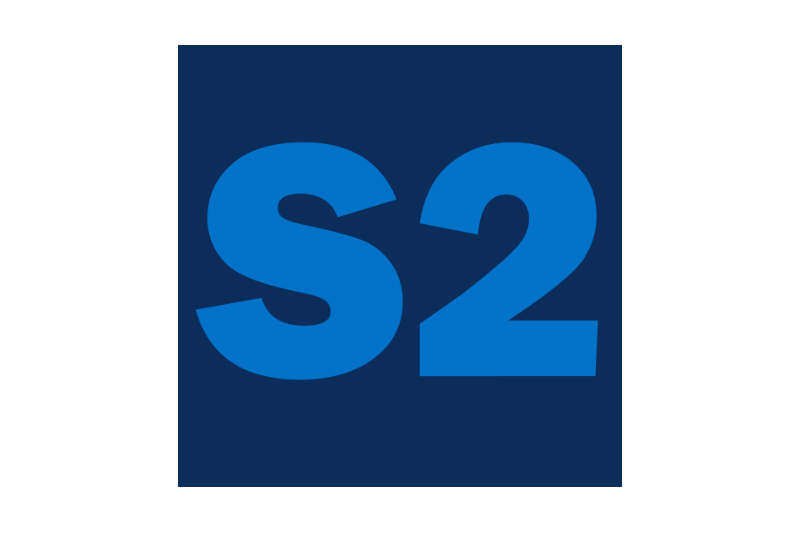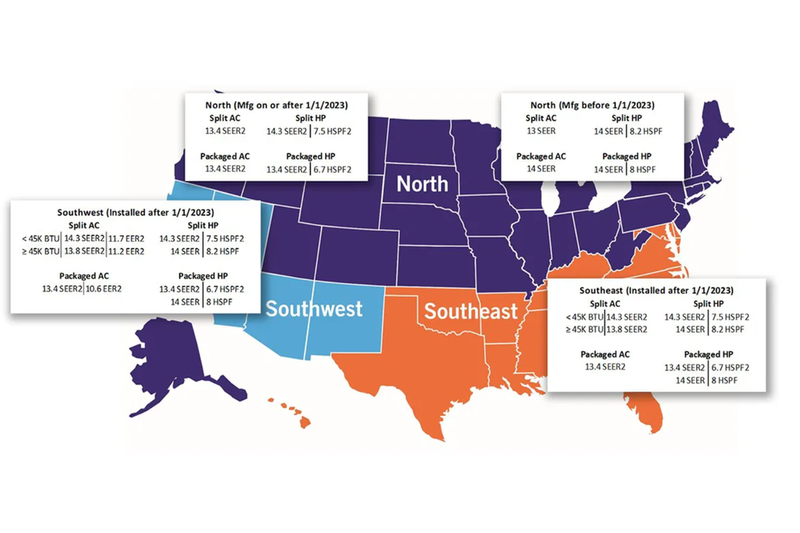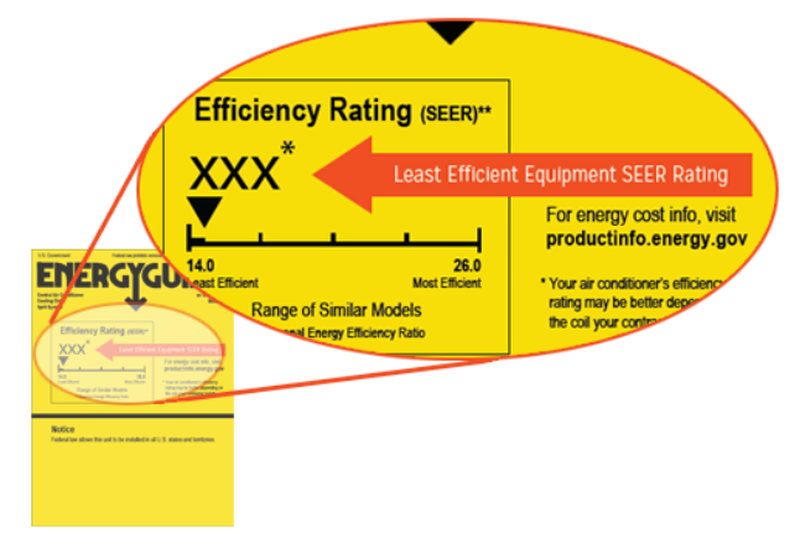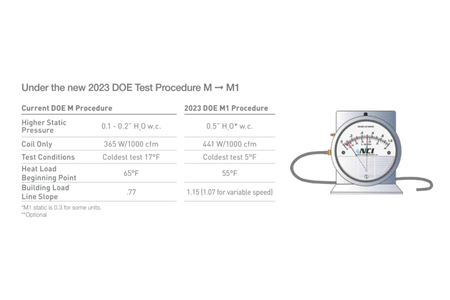DOE 2023 Regulations Seer2 Rating
Posted: November 21st, 2024
The efficiency of central air conditioning systems is rated by a Seasonal Energy Efficiency Ratio (SEER). In general, the higher the SEER, the less electricity the system needs to do its job.
New Minimum energy efficiency standards for the Department of Energy (DOE) began on January 1st 2023. These new regulations are an effort to reduce energy consumption. HVAC manufacturers will be required to produce central air-conditioning and air-source heat pump systems that meet new minimum 2023 energy efficiency standards.

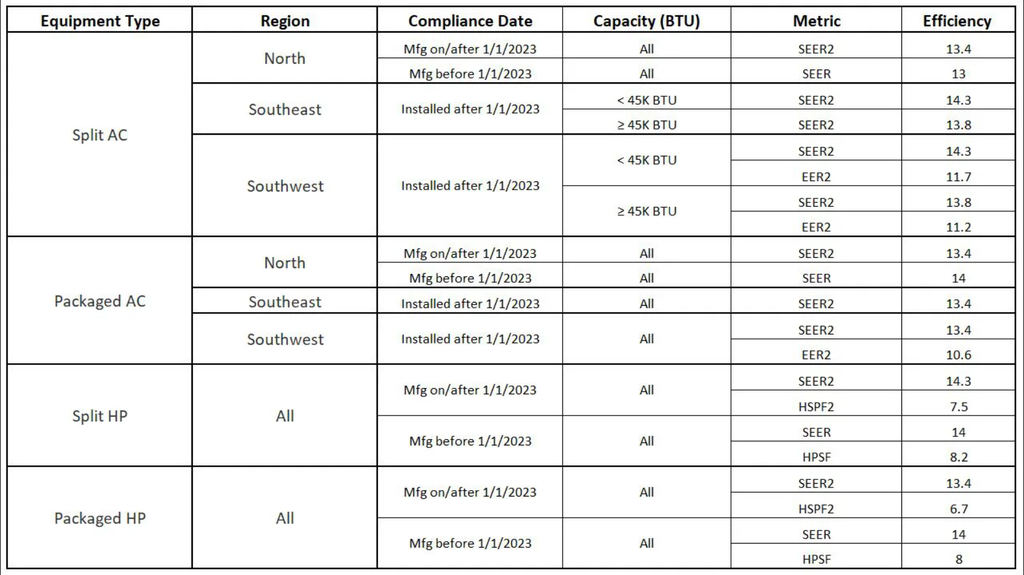 About Seer2
About Seer2
“SEER2” stands for Seasonal Energy Efficiency Ratio 2. Specifically, SEER2 is the total heat removed from the conditioned space during the annual cooling season. The new M1 testing procedure will increase systems' external static pressure by a factor of five to better reflect field conditions of installed equipment. With this change, new nomenclature will be used to denote M1 ratings (including EER2 and HSPF2 ).
M1 Testing Requirements & Procedures
To meet new testing requirements, manufacturers are redesigning system components. In fact, all air conditioning and heat pump systems must be renovated by January 1, 2023, even if they meet current SEER ratings. In addition, matching components such as furnaces and air handlers will be redesigned to meet changes in the airflow setpoint. Depending on your region, additional field install equipment, such as Thermal Expansion Valves (TXVs), may also be required. The current M Testing procedures are being replaced by the M1 testing procedures for 2023 compliance. You can see the difference in the picture below.

Benefits of Seer2
There are several advantages for manufacturers, customers, and the environment from the use of SEER2.
- Accurate Efficiency Ratings:SEER2 provides more realistic efficiency ratings, helping consumers make informed decisions about HVAC systems based on actual performance rather than idealized conditions.
- Energy Savings:By promoting more efficient HVAC systems, SEER2 helps reduce overall energy consumption, leading to lower utility bills for consumers and decreased strain on the electrical grid.
- Environmental Impact:Enhanced energy efficiency translates to reduced greenhouse gas emissions, contributing to efforts to combat climate change and promote sustainability.
- Incentives and Rebates: Rebates and credits from the IRA and local utilities companies are also available for those deciding to upgrade to a more energy efficient system.
How do I Find my Seer2 Number
If you’re trying to figure out what SEER system you have installed in your home, you can follow these steps.
- Check the outdoor condenser unit and look for a yellow and black “EnergyGuide” sticker. The sticker may be a bit faded depending on the age, but it should clearly state the SEER number. See image below. (insert Image)
- You can also check the data plate of the outdoor unit. Some HVAC manufacturers include the SEER rating at the beginning of the model number. For example, “XT26” has a SEER rating of 26.
- If you can’t find the sticker or it’s too weathered to tell, check the indoor air handler unit. It may be on the outside or potentially behind the door of the system.
- If the first three methods don’t work, then look for the model numbers of the systems, which should also be on the data plate. You should be able to search the model number online and find it that way.
- Lastly, you can try calling the HVAC installer to get the details as they should have it on file.

SEER2 is a more accurate and reliable efficiency rating, which helps consumers make better choices, reduces energy consumption, and supports broader environmental goals. Both consumers and professionals in the HVAC industry will need to adapt to these changes and embrace the benefits that come with more efficient, sustainable technology.

